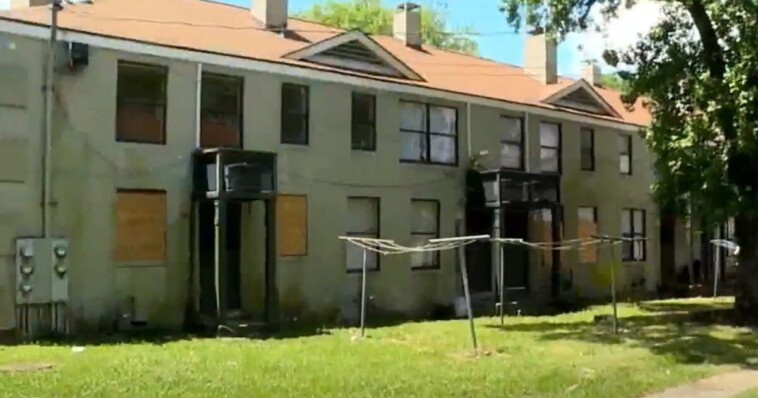
Kamala has promised to make rents and homeownership more affordable, but her multi-step plan will likely lead to a housing shortage, higher prices, and excessive government control over businesses. At the same time, it risks increasing people’s dependence on government assistance. By interfering with market dynamics and imposing restrictions, the plan could backfire, reducing private investment and worsening the very problems it aims to solve.
Kamala Harris’ multi-step housing plan aims to build 3 million affordable rental units and homes, penalize companies that hoard available units to drive up prices, and provide up to $25,000 in aid for first-time homebuyers. It also seeks to outlaw new forms of price-fixing by corporate landlords, reduce regulatory barriers, and cut red tape to expedite housing construction. These efforts are designed to make both renting and homeownership more accessible while addressing supply shortages and price inflation.
Building 3 million affordable housing units means developers would essentially be forced to sell below market price, possibly even below cost. To make it worthwhile, the government would need to subsidize them, meaning taxpayers foot the bill. This turns into a double waste: not only are public funds used to subsidize housing that could be sold for more, but those who qualify for these homes are often paying less in taxes, making it an inefficient redistribution of resources at the expense of taxpayers.
Since this is a government-funded program, the government can impose any requirements they see fit on developers, such as vaccine mandates or DEI hiring quotas. They would also control where and how many units get built, essentially central planning, which is a hallmark of communism. The promise to “cut red tape” could be used to force low-cost, multi-family housing into higher-end neighborhoods, driving down property values, increasing crime, and overburdening local schools, all while taxpayers are left funding a program that undermines their own communities.
The Joe-Kamala axis have proved that they love inflation and offering $25,000 aid for first-time homebuyers will help to inflate the housing market. Giving people free money artificially inflates demand without addressing the core issue of supply. This pushes housing prices higher, making the market even less accessible for buyers. This policy will worsen affordability by adding unnecessary pressure on an already tight market.
Outlawing price-fixing by landlords is a populist move designed to win over voters who feel their rent is too high, but the reality is different. Price-fixing among landlords isn’t the cause of rising rents. While collusion could happen, nothing prevents new landlords from entering the market and charging lower rents, and homeowners can rent out spare rooms at a lower price. The truth is, rent increases reflect market conditions, not conspiracy.
One major reason landlords charge more now is because eviction laws have become so liberal that it’s nearly impossible in some states and jurisdictions to evict tenants who don’t pay. As a result, landlords must raise rents, demand higher deposits, and conduct more invasive credit checks to protect themselves. And we can thank the Joe-Kamala axis for these weak eviction laws, which only make it harder for property owners to protect their investments.
Letting markets determine rental prices is a more effective approach than government-imposed restrictions. When the government interferes with voluntary price-setting, it discourages investment in rental properties. Landlords may pull their units from the market or stop renting altogether, which would worsen the housing shortage. Ironically, these landlords could then be accused of violating Kamala’s proposed hoarding law. The government’s heavy-handed approach could end up creating the very crisis it’s trying to solve by undermining both supply and market efficiency.
To curb hoarding, the government would first need to define it clearly. Would hoarding laws limit how many units a company can own, or would they dictate how long a property can be held? What if the market is in a downturn and an owner wants to wait for prices to rise—is that considered hoarding? This aspect of the plan is particularly alarming because it gives the government control over the quantity and timing of property sales. Not only does this violate free market principles, but it also infringes on private property rights, which are essential for a market-driven economy to function properly.
Preventing builders from earning a profit or timing their sales will discourage investment in properties outside government-subsidized programs. This lack of private investment would lead to a shortage of government-backed housing while simultaneously driving up prices for everyone else. By distorting the natural incentives for builders, the plan risks creating scarcity in both subsidized and private housing markets, ultimately hurting buyers across the board.
If Kamala manages to sign her plan into law, taxes will increase, government debt will rise, and inflation will surge. Homes outside the government building scheme will become scarcer and more expensive, forcing more Americans onto waiting lists for government housing—just like in communist countries. This will lead to greater dependence on the state, as people find it harder to secure housing through the free market, with the government controlling an ever-larger share of the housing sector.

